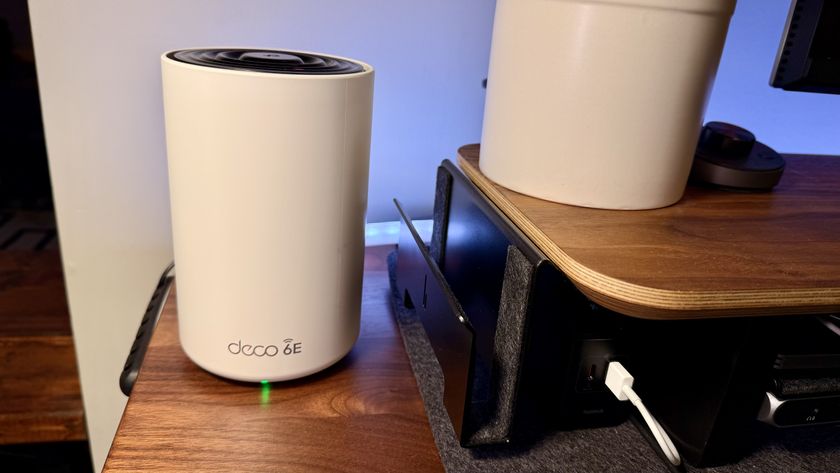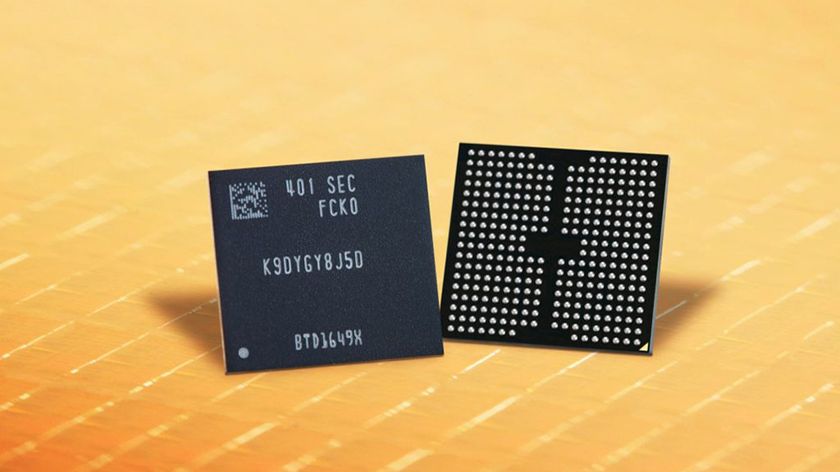Any laptop or PC can get Wi-Fi 6 with this single upgrade
One small component, one huge difference

The new Wi-Fi 6 standard is here in a pre-release form, replacing the older 802.11ac Wi-Fi found on many recent laptops, desktops, and mobile devices with 802.11ax.
But, just because the standard is available for manufacturers doesn't mean devices are getting hardware to support it. It's still new, and even some of the best laptops come without it. But, we've got good news: In many cases, you can add Wi-Fi 6 to your device after you've bought it.
How you get Wi-Fi 6 support on your device will depend on the type of device you have. Right now, there are few Wi-Fi 6 modules, and support for AMD systems doesn't appear available just yet. But, if you have a device powered by a 64-bit Intel processor, you can likely make the upgrade. Intel and Killer Networking have cards available, and more options will surely be coming in time.
If you have a desktop computer, you can use PCIe connections to add in networking cards, while laptops can use an M.2 slot to fit in the necessary module. We'll go into a bit more detail below.
Adding Wi-Fi 6 to a desktop
The currently available Wi-Fi 6 modules from Killer Networking and Intel are M.2 cards targeted at laptops, and they won't work in desktop M.2 slots as is. But, that doesn't stop them from working in desktops. You can add in one of these cards by using a PCIe adapter like this one.
The M.2 card will slot into the converter, and then the converter will go into an open PCIe slot on your desktop's motherboard. The converter should also provide antennae that connect to small slots on the Wi-Fi 6 module. Once that's slotted into your computer, a quick driver installation will have you up and running on Wi-Fi 6.
Adding Wi-Fi 6 to a laptop
Laptops are becoming less and less upgradeable, with manufacturers soldering on components and sealing up cases. But, that doesn't mean you can't make this upgrade happen. All but the thinnest laptops and 2-in-1 tablets, like the Surface Pro X, tend to still have some level of access to the internals. And, even if components like RAM are getting soldered onto motherboards, networking adapters can still often be found as add-in cards.
Get daily insight, inspiration and deals in your inbox
Sign up for breaking news, reviews, opinion, top tech deals, and more.
If you can open up your laptop (it may take a specialized toolkit), there's a good chance you'll be able to spot the small M.2 module currently powering your device's Wi-Fi and Bluetooth connections.
You'll simply unscrew the screw holding the Wi-Fi module in place, and unplug the antenna wires connected to your existing Wi-Fi module. Then, you'll just do the process in reverse to install your new Wi-Fi module.
Future solutions may get even easier
While the current processes for upgrading are simple, in the near future, it's likely even simpler solutions will come out. We'd expect PCIe cards with the Wi-Fi module built in to make upgrading desktop Wi-Fi much easier. And, we wouldn't be surprised to eventually see Wi-Fi 6 USB dongles that add the new connectivity in a simple, plug-and-play device.
So, if you're on the market for a new computer and can't wait for models pre-fitted with Wi-Fi 6 support, you take some comfort knowing that simple upgrade solutions are available. You shouldn't need to upgrade your whole machine just to get a faster, more stable Wi-Fi connection.
You will need to get a new Wi-Fi 6 router, like the Asus ZenWiFi mesh router, though.
- These are the best wireless routers we've tested to date
You might also want to check out the Asus ZenWiFi AX (XT8) review
Over the last several years, Mark has been tasked as a writer, an editor, and a manager, interacting with published content from all angles. He is intimately familiar with the editorial process from the inception of an article idea, through the iterative process, past publishing, and down the road into performance analysis.

























